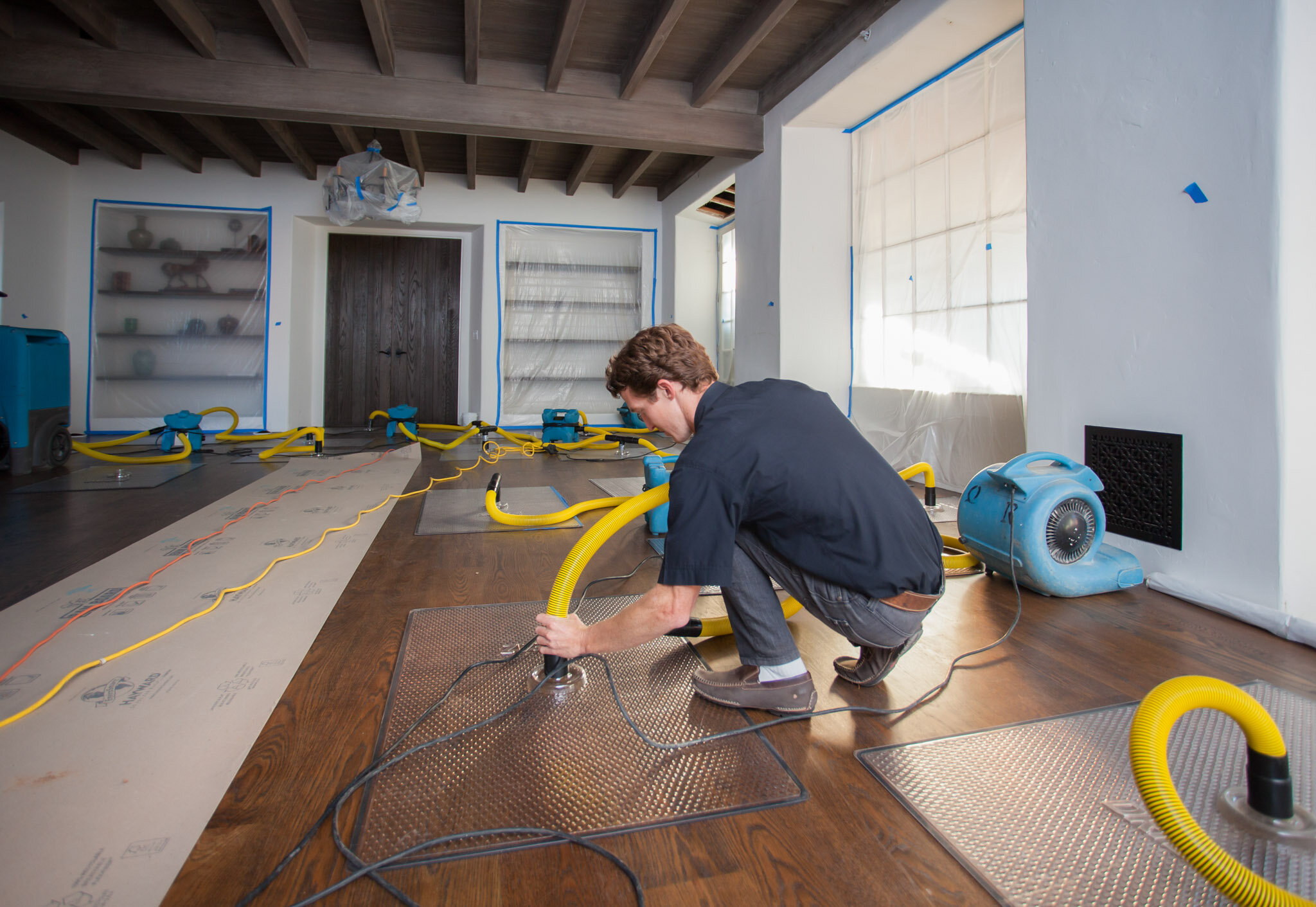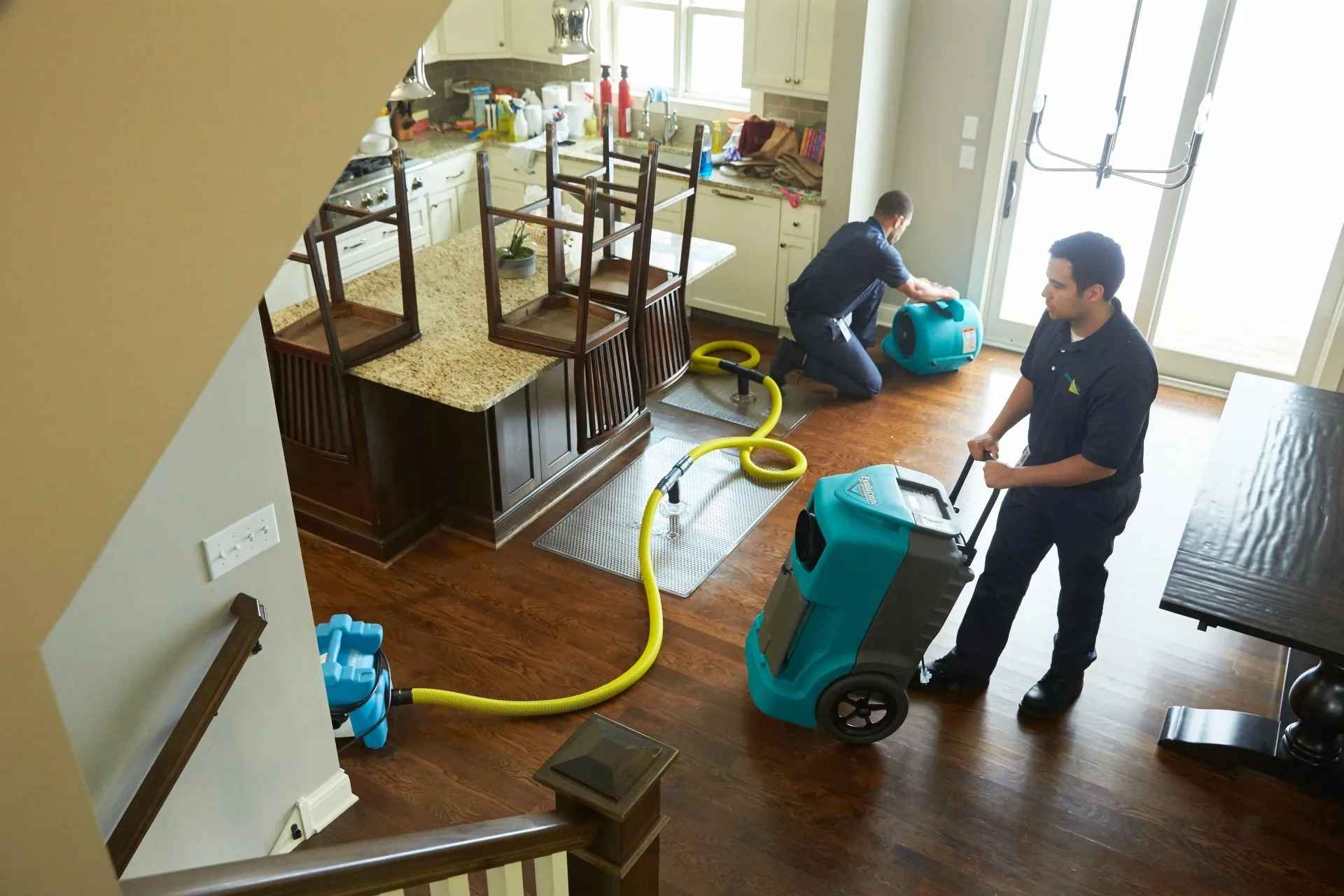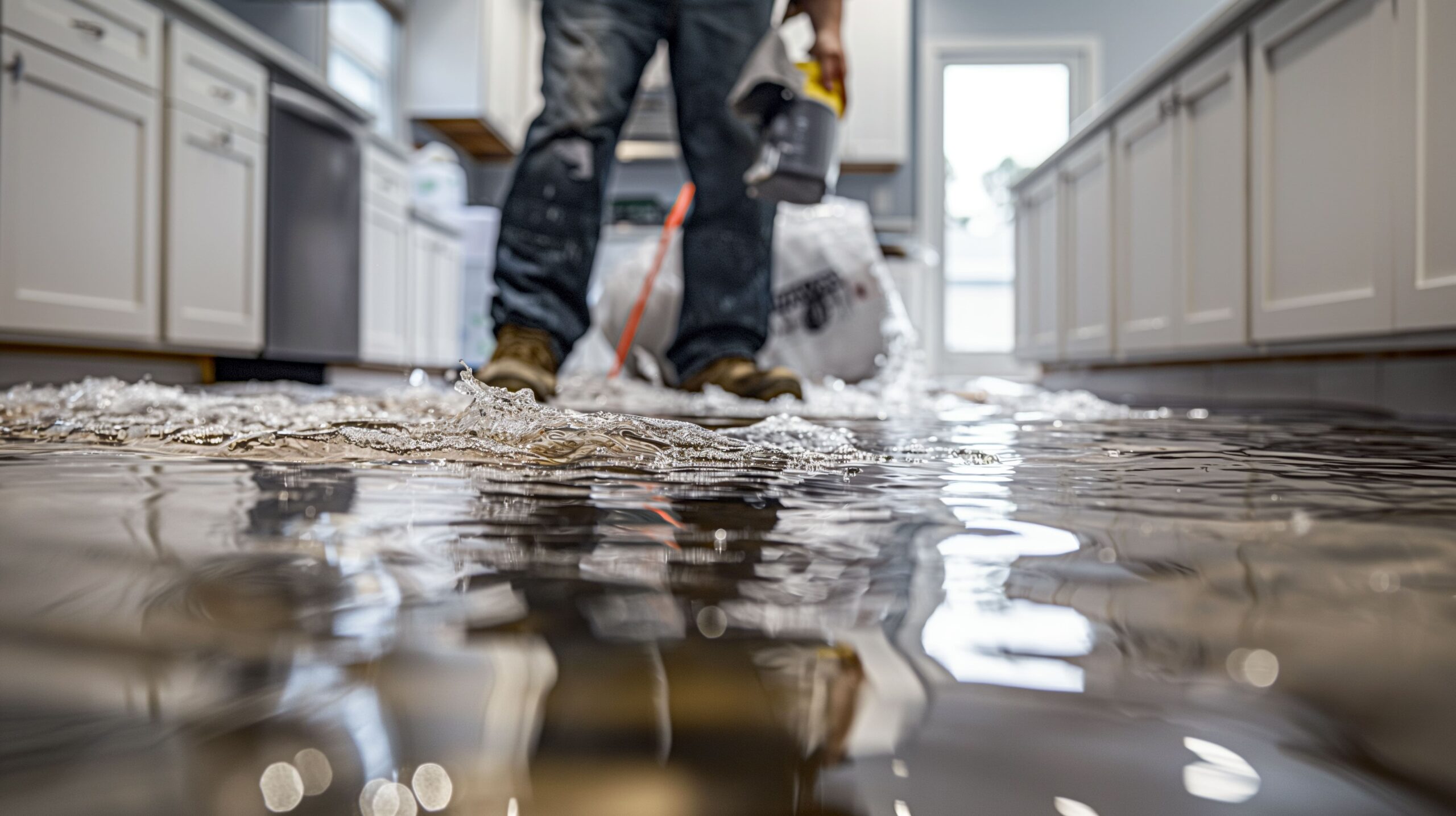Water Damage Restoration 101: Comprehending the Process and Expense
Water damage can strike suddenly, leaving homeowners in a state of complication. Recognizing the restoration process is important for efficient recuperation. From assessing the damage to picking the right company, each step impacts the total result and expense. Elements such as the kind of water damage and seriousness also play a considerable role. What are the particular techniques made use of in reconstruction, and exactly how can one get ready for possible expenses?
Sorts Of Water Damage

First Evaluation and Examination

Water Removal Methods
Adhering to the first assessment, reliable water extraction strategies are utilized to mitigate damage and avoid more issues. These techniques involve making use of specialized tools such as submersible pumps and industrial-grade vacuums - Water Extraction And Drying. The choice of method depends on the volume of water existing and the kind of materials impacted. For standing water, completely submersible pumps are generally made use of for rapid elimination, while vacuum cleaners are optimal for drawing out water from carpets and furniture. Furthermore, progressed approaches like water removal floor coverings might be used for hard-to-reach locations - Water Damage Restoration. The goal is to eliminate as much water as feasible, minimizing the possibility for mold growth and structural damage. Prompt and effective water removal is crucial in the total water damage restoration procedure
Drying Out and Dehumidification Process
Once the water removal is complete, the drying out and dehumidification procedure ends up being vital to restoring the damaged area. This phase commonly utilizes industrial-grade dehumidifiers and air moving companies to effectively reduce dampness levels. The dehumidifiers attract damp air, eliminating excess humidity, while air moving companies distribute air to speed up evaporation. Surveillance devices is often made use of to track humidity and temperature levels, guaranteeing ideal drying problems. The period of this procedure can differ depending upon the level of the water damage and ecological elements. It is important to completely dry all impacted products, including walls, floor covering, and home furnishings, to protect against mold growth and architectural damage. Appropriate implementation of this action is important for a successful reconstruction outcome.
Cleansing and Disinfecting Affected Areas
As soon as the drying procedure is total, an extensive initial assessment and evaluation of influenced locations is important to determine contamination levels. Effective cleansing techniques more info and suitable items should after that be employed to eliminate debris and spots. Ultimately, sanitization and sanitation techniques are vital to guarantee that dangerous virus are eliminated, bring back the area to a risk-free problem
Initial Assessment and Inspection
Prior to starting any kind of repair efforts, a comprehensive first assessment and evaluation of the affected areas are important for efficient cleaning and disinfecting. This procedure involves recognizing the level of water damage, identifying the source of the water intrusion, and assessing the materials impacted. Assessors commonly seek indicators of mold development, architectural integrity problems, and harmed personal belongings. The analysis also includes examining dampness levels utilizing specific devices to assure no concealed water pockets remain, as these can bring about more issues. Documenting the findings is vital for planning the next action in the remediation procedure. An in-depth first assessment allows restoration professionals to devise a targeted strategy for efficient cleaning and disinfecting, inevitably reducing damage and health and wellness threats.
Cleansing Strategies and Products
Reliable cleansing and disinfecting of water-damaged areas require a selection of products and methods tailored to the specific products influenced. For permeable surfaces like drywall and carpets, extraction techniques are important to remove excess moisture, followed by deep cleansing with specialized detergents. Non-porous products such as tile or metal can be cleansed using commercial-grade cleaners that properly get rid of impurities. Vapor cleaning is one more reliable method, specifically for carpets and furniture, as it uses heats to get rid of microorganisms and mold and mildew (Flood Cleanup Services). Additionally, eco-friendly items are progressively popular for their safety and effectiveness - Mold Remediation After Water Damage. Ultimately, picking the appropriate cleaning methods and products not just guarantees prompt tidiness but likewise aids in stopping more damage and wellness threats related to water intrusion
Sanitization and Disinfection Approaches
When addressing water damage, correct sanitization and disinfection approaches are necessary to guarantee the safety and wellness of the damaged environment. After preliminary cleaning, surface areas should be treated with appropriate anti-bacterials to get rid of virus, mold, and germs that grow in wet problems. Typical methods consist of the usage of EPA-approved chemical disinfectants, which can be used with spraying or cleaning techniques. Furthermore, ultraviolet (UV) light systems can efficiently sterilize areas by counteracting microorganisms without rough chemicals. The choice of approach typically depends on the kind of products impacted and the level of contamination. Ultimately, detailed sanitization not just brings back a risk-free living space yet likewise aids stop future wellness risks connected with sticking around wetness and mold development.

Fixings and Restoration Options
Assessing the damage brought on by water exposure is vital for determining the suitable repair work and restoration alternatives. Homeowners might encounter various problems, including harmed drywall, warped flooring, and endangered architectural components. Depending on the extent of the damage, repairs might include replacing areas of drywall, mounting brand-new floor covering, or reinforcing structural light beams. In situations of extreme damage, total replacement of afflicted products could be essential. Additionally, expert restorers often advise utilizing wetness meters to evaluate hidden dampness degrees prior to selecting the most effective strategy. It is very important to act without delay to stop mold and mildew growth and more deterioration. Selecting the best options not just recovers the residential property yet additionally ensures long-term safety and security and capability.
Elements Influencing Restoration Prices

The extent of water damage directly affects the restoration costs home owners can expect to sustain. Elements such as the resource of the water, the duration of exposure, and the affected products greatly affect rates. Tidy water damage from a broken pipe is usually much less pricey to bring back compared to damage caused by sewer. Additionally, the degree of contamination determines the need for specialized cleansing and disposal services, further boosting costs. Geographical area also contributes, as local labor prices and schedule of reconstruction services can vary. Finally, the urgency of the action impacts expenses; quicker treatments commonly bring about lower total expenditures by stopping additional damage. Recognizing these variables is essential for homeowners when estimating remediation costs.
The 3 main kinds of water damage are categorized based on contamination degrees: tidy water, grey water, and black water. A comprehensive preliminary assessment and evaluation are crucial actions in the water damage repair procedure. For standing water, submersible pumps are commonly made use of for fast removal, while vacuum cleaners are optimal for removing water from carpetings and furniture. The extent of water damage directly influences the repair costs homeowners can anticipate to sustain. Clean water damage from a damaged pipe is generally much less pricey to recover compared to damage caused by sewage.